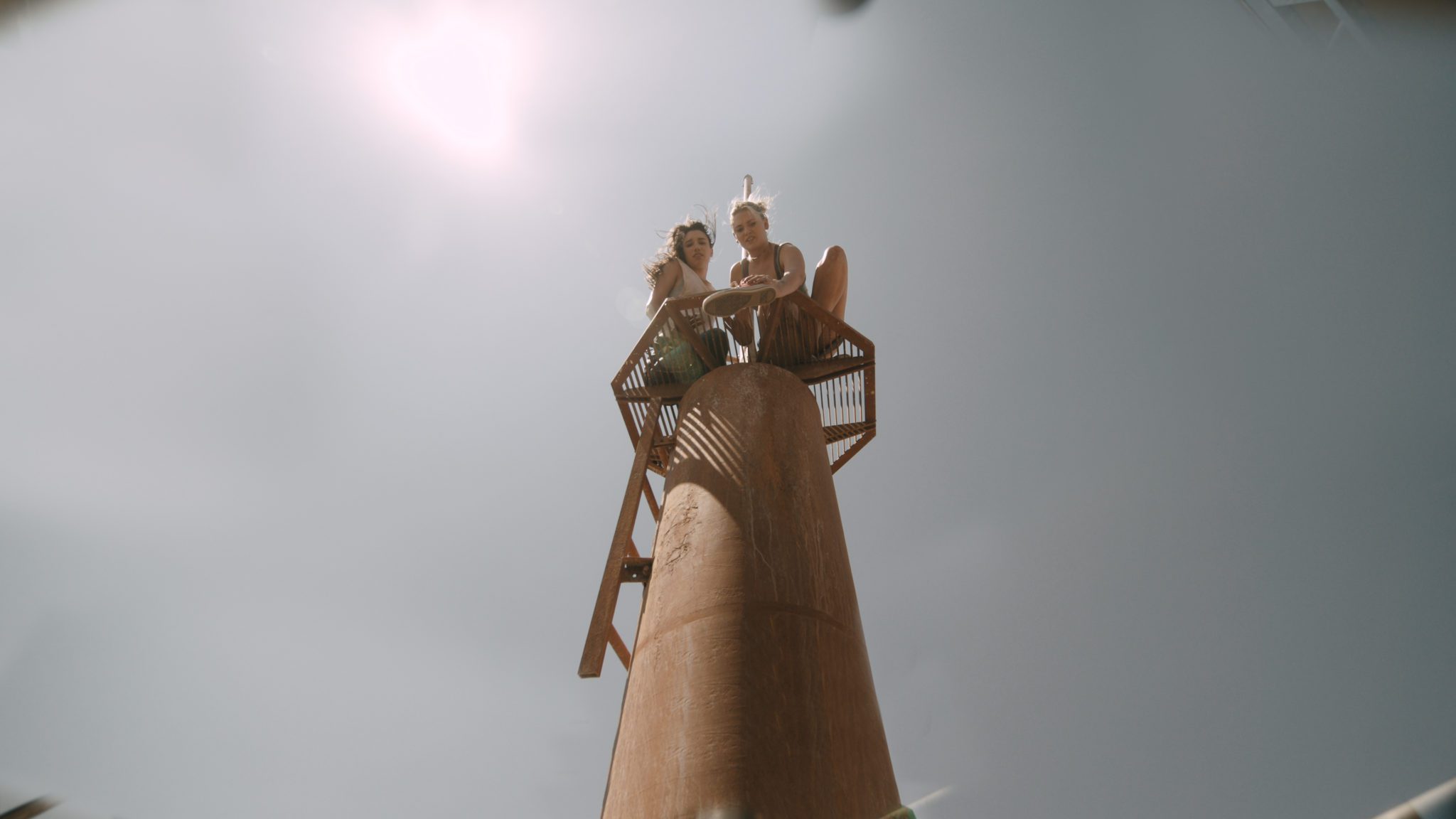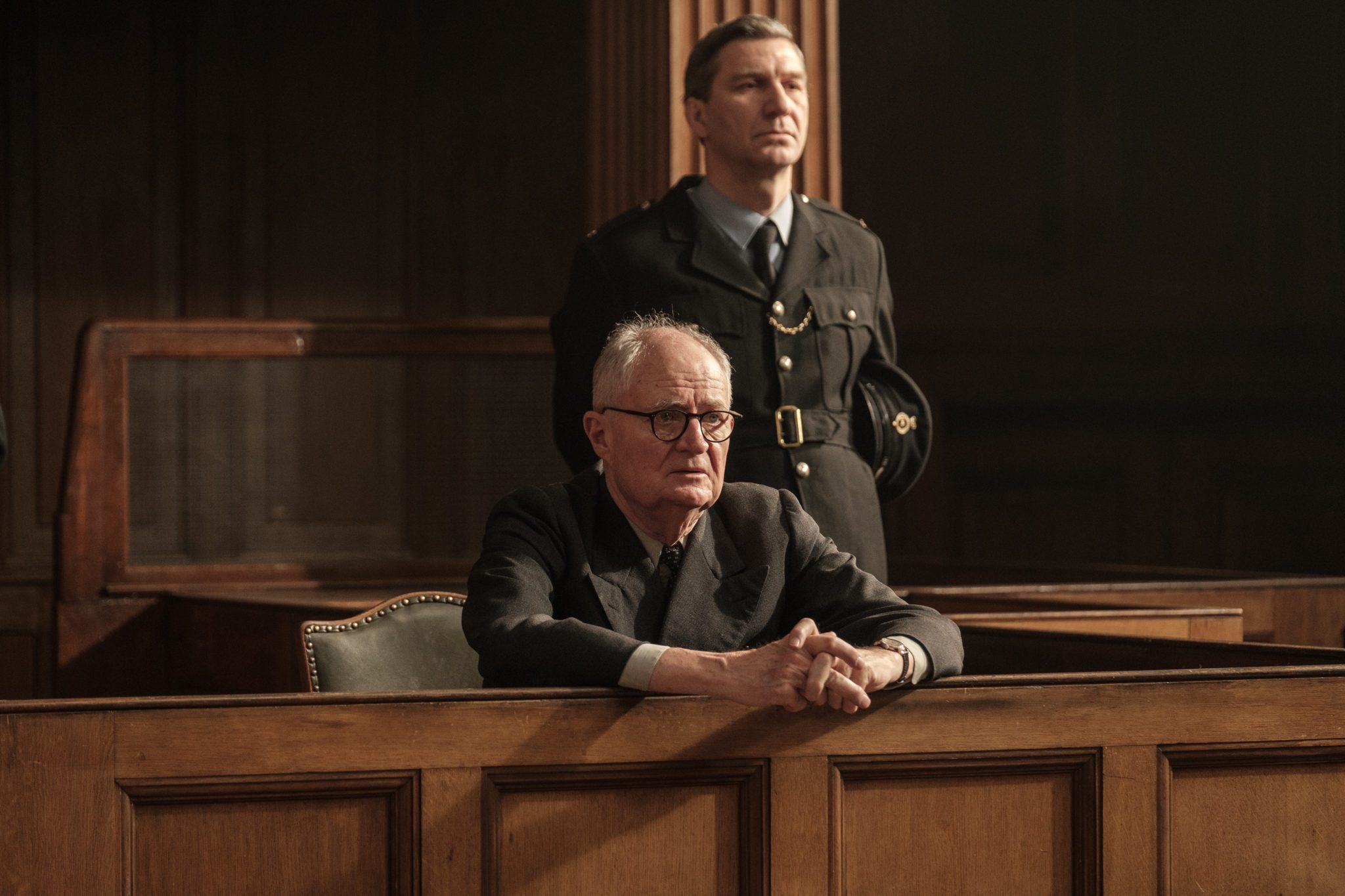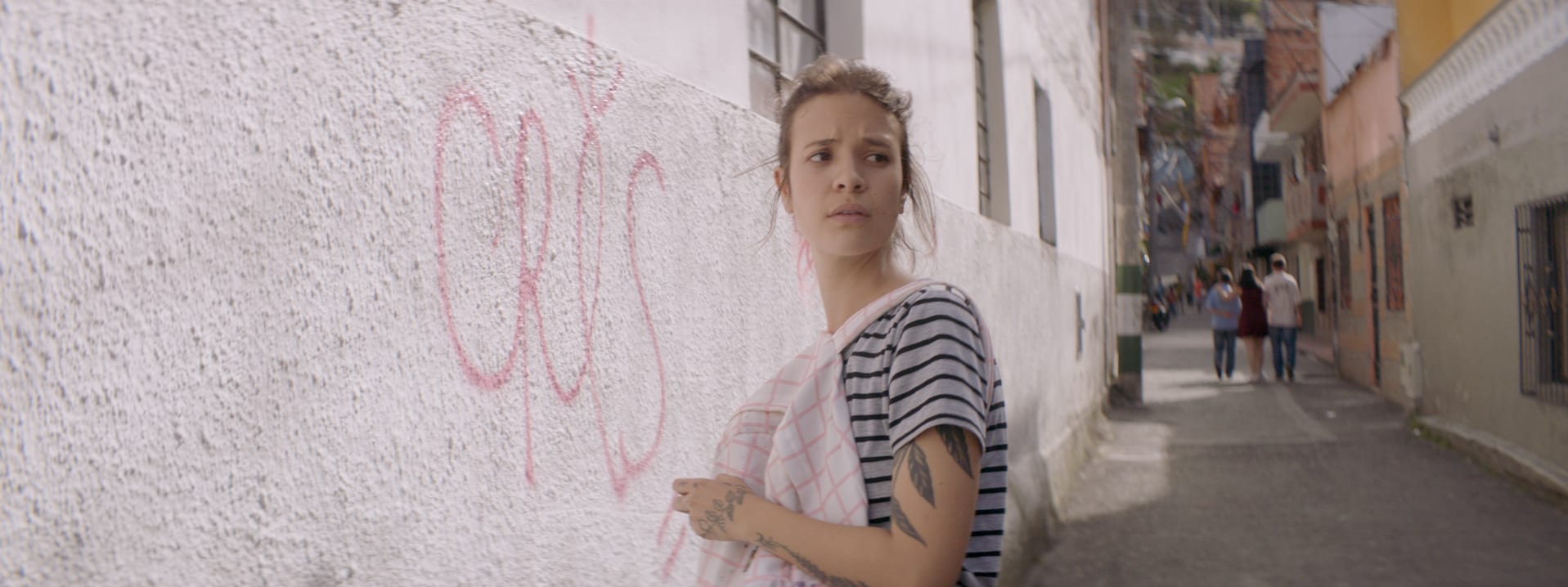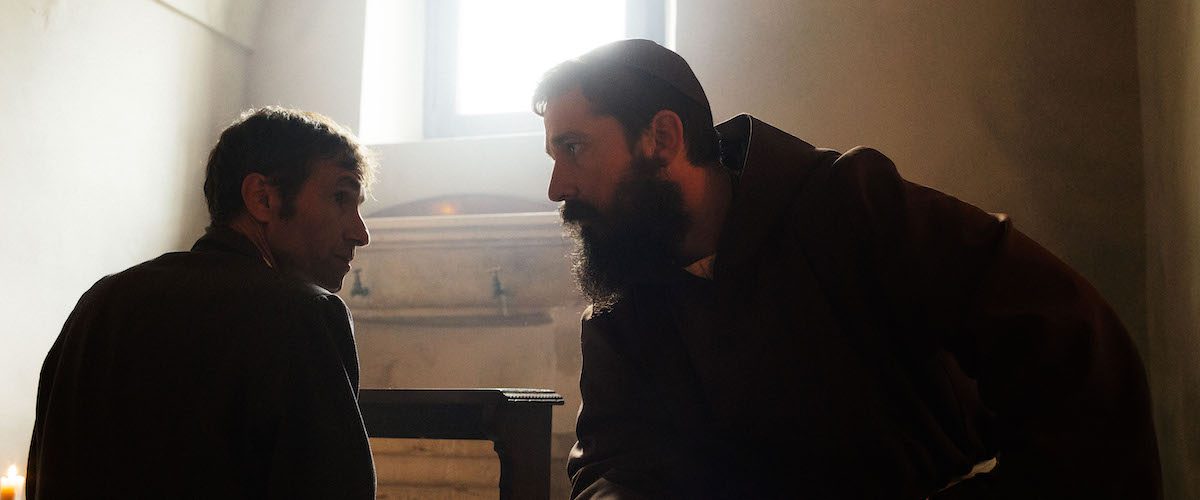
Everyone wants hope and forgiveness but are we willing to fight for it?
Set during the final days of World War I, Padre Pio transports the viewer to the Italian world of San Giovanni Rotondo. As the soldiers return from the travesty of war, they come home to a place of poverty and violence. Ruled by the church and its wealthy landowners, the cries for change become louder as desperation amongst the masses increases. At the same time, Padre Pio (Shia LeBeouf) arrives at a Capuchin monastery. While little is known about the specifics of his past, we understand that he is searching for hope and forgiveness. But his journey towards redemption leads him into a spiritual war of horrifying visions that weigh heavily upon his soul.
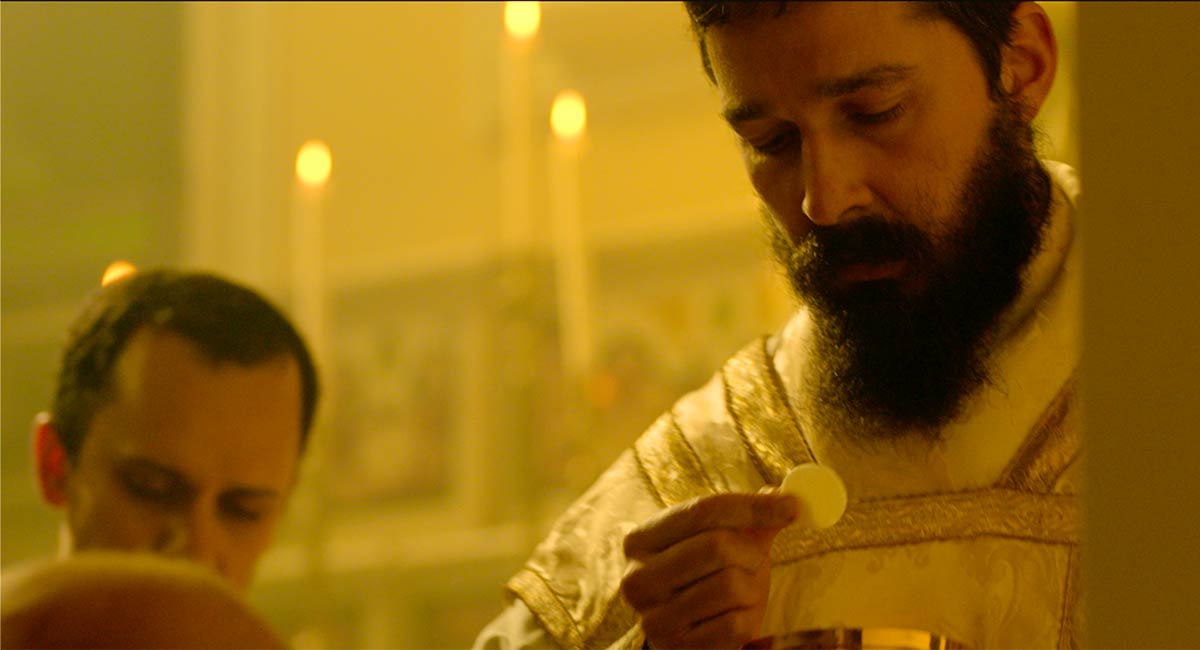
Directed by Abel Ferrera, Padre Pio is an impassioned piece that leans more into experimental independent cinema than major Hollywood storytelling. Unraveling his narrative between two parallel narratives, Padreimmerses the viewer in a world of war, both spiritual and revolutionary. Interestingly, much of the film feels as though it’s lit primarily by candles and flame. In doing so, Ferrera gives greater emphasis to the looming shadows of evil that lurk around every corner while light becomes fleeting as it flickers.
This visual style augments Ferrera’s writing which seems almost poetic. The film’s unique style allows its narrative to eb and flow between worlds, opening up space for conversations around justice and the role of the church within it. By emphasizing its fascinating storytelling in this way, Padre frees itself from the constraints of traditional narrative structure, drawing the viewer into an experience as opposed to simple story.
In essence, Padre is designed to make the viewer feel the story rather than particularly inform it.
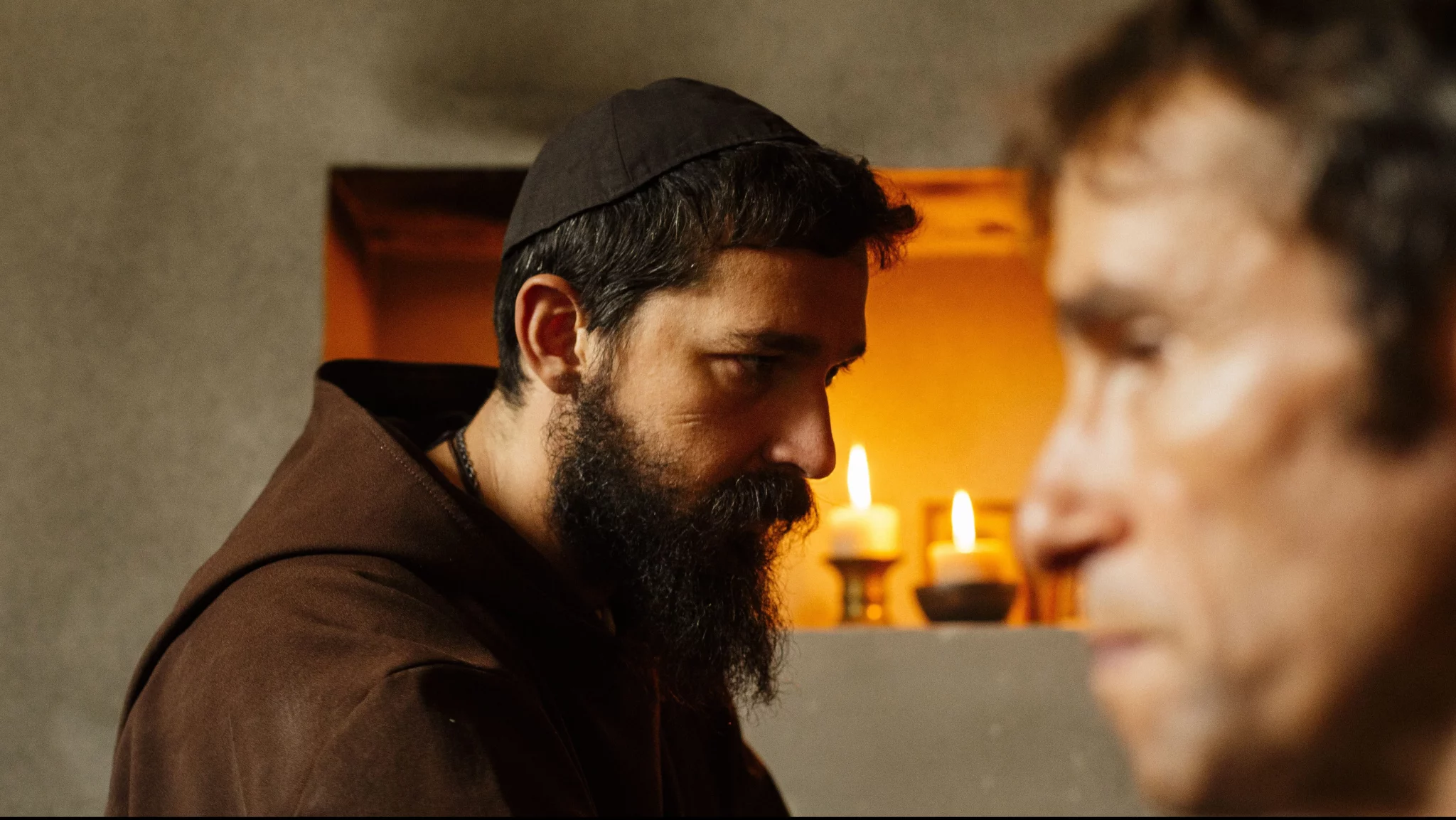
With this in mind, Padre’s spiritual battle is anchored by LeBeouf’s performance. While the film’s central character, Pio’s burden lies primarily within the confines of the monastery. Portrayed with ferocity of conviction, LeBoeuf’s depiction of Pio is one of brokenness and burden. We know that he has darkness within his soul but his spiritual connection to God offers him little comfort. LeBeouf has famously shunned major studio projects in recent years in favour of smaller films that mean something to him. And Padre seems to mean something to him. In almost every scene, LeBeouf throws himself into the moment as Pio is determined to shed the sinfulness of his past while fighting his own inner demons.
“Say Christ is Lord!” he adamantly demands of his visions, as though their very presence were an incursion on his life.
As such, Padre becomes a story that yearns for change in a broken world. By paralleling Pio’s story with the free election, we witness the struggle that it takes to break free from a history of darkness. Here, evil is seen as both spiritual and structural. On the one hand, we watch as the young soldiers come home to a world where poverty is enforced by the church and its landowners. On the other, Padre attempts to do his penance from his own sordid past by coming face to face with instruments of the Devil. In both stories, we see people desperate for redemption and hope yet also come up against forces who refuse to budge on the stranglehold that they maintain upon the world.
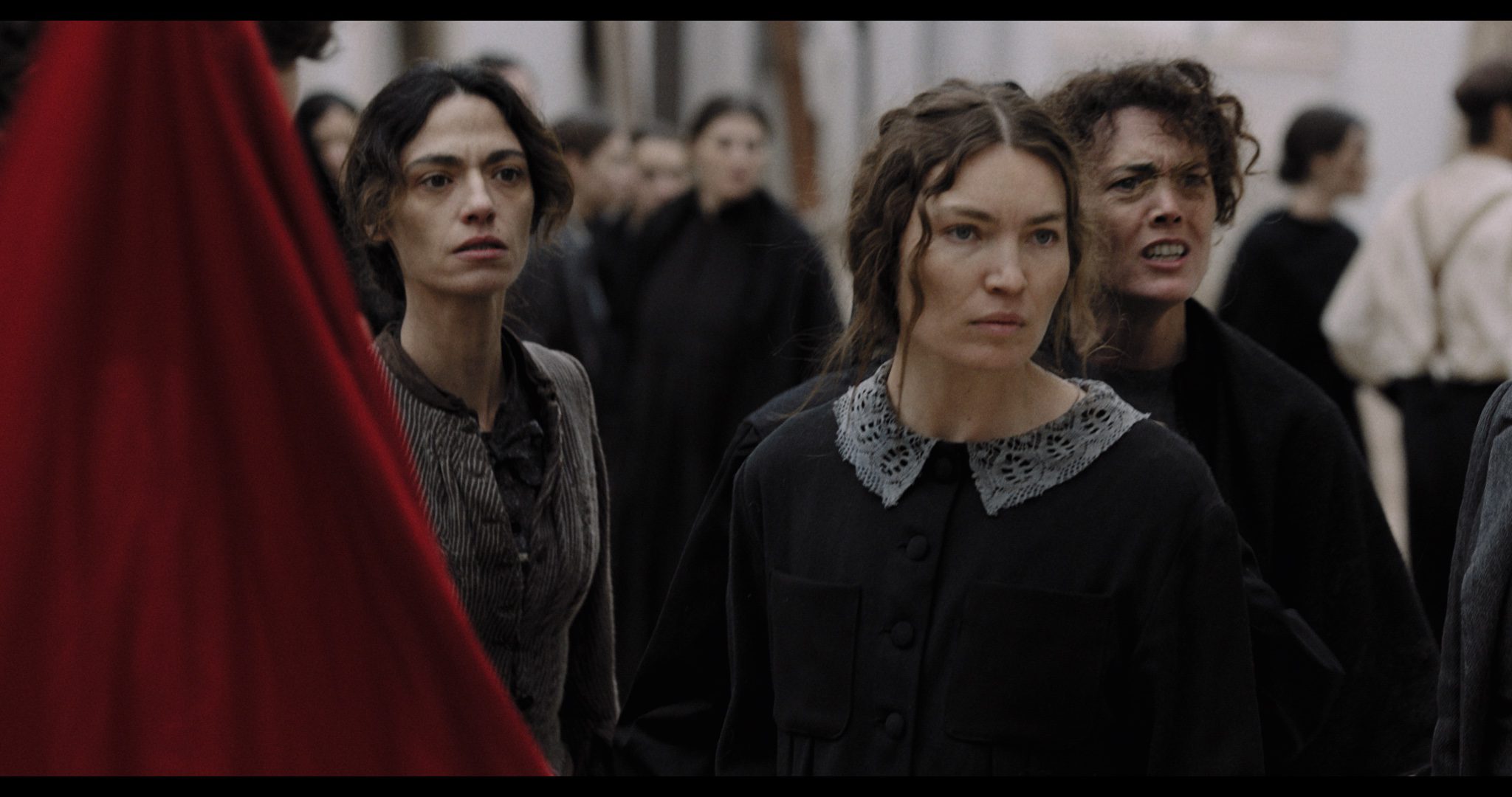
Due to its wild visuals and interwoven narrative, it’s entirely possible that Padre Pio won’t be for everyone. Nevertheless, there’s something good embedded within its unique visuals and storytelling that speaks to the heartbeat of our culture today. With fury in its soul, Padre understands that penance begins with redemption and spills into revolution.
Padre Pio is available in theatres on Friday, June 2nd, 2023.
FilmReviews
